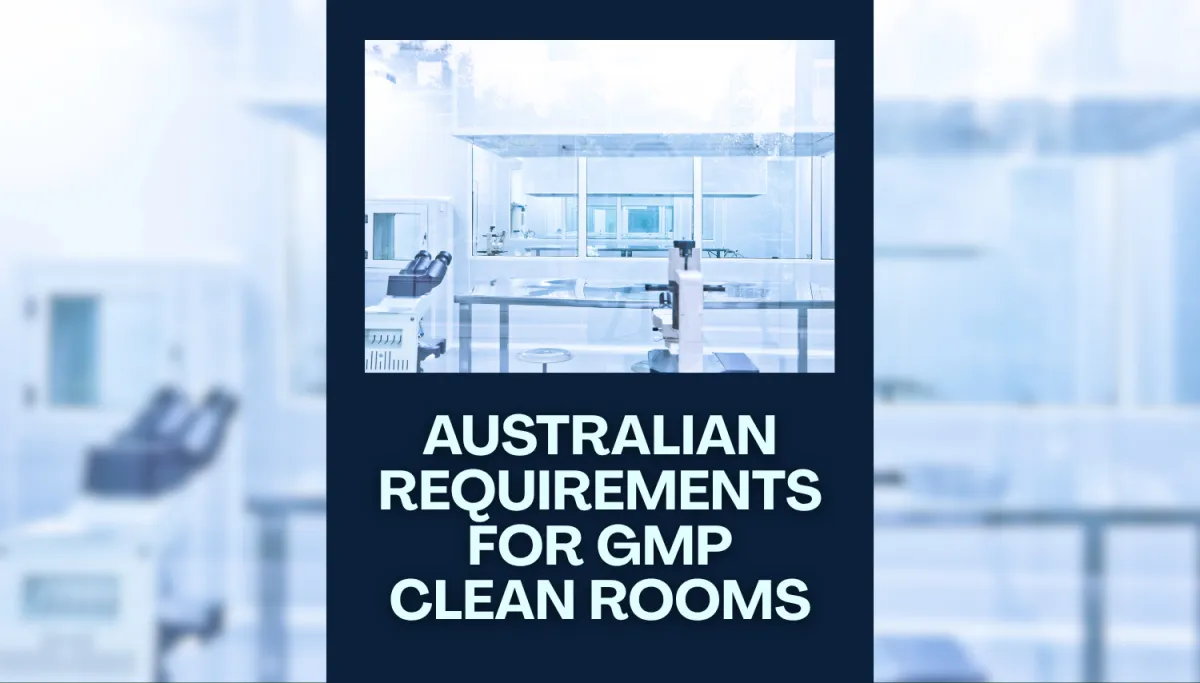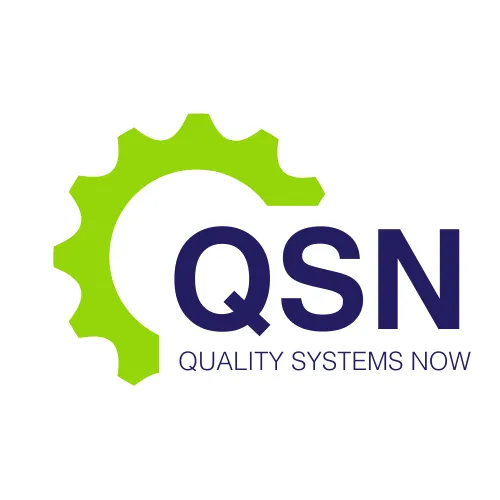LATEST NEWS

Australian Requirements for GMP Clean Rooms
Clean rooms are critical environments in which therapeutic goods, including medicines and biologicals, are manufactured under strict controls. In Australia, the standards for clean rooms are governed by Good Manufacturing Practice (GMP), which ensures that products are consistently produced and controlled according to quality standards appropriate to their intended use. The Therapeutic Goods Administration (TGA), as Australia’s regulatory authority, requires manufacturers to comply with the internationally harmonised GMP guidelines developed by the Pharmaceutical Inspection Co-operation Scheme (PIC/S). Clean rooms form the backbone of sterile manufacturing, and adherence to GMP principles is essential for ensuring product safety, efficacy, and quality.
Regulatory Framework in Australia
The TGA mandates compliance with PIC/S Guide to GMP for Medicinal Products, which is the benchmark document for Australian clean room requirements. These guidelines establish principles for clean room design, operation, monitoring, and maintenance. Australian manufacturers are regularly inspected by the TGA or recognised overseas regulators to confirm compliance. Non-compliance can result in warning letters, suspension of manufacturing licences, or even product recalls. This regulatory oversight ensures that clean rooms operate at standards equivalent to those in other highly regulated jurisdictions such as the European Union and the United States.
Clean Room Classification
Clean rooms in GMP facilities are classified based on the allowable number of airborne particles. Australia aligns its classifications with the ISO 14644-1 standard, which defines clean room classes by particle concentration per cubic metre of air. Within the GMP framework, these classes correspond to Grades A through D:
Grade A: The highest standard, typically used for critical operations such as aseptic filling or open vial manipulations.
Grade B: The background environment for Grade A operations.
Grade C: Clean areas for less critical stages of sterile product manufacture.
Grade D: Controlled areas where clean but not sterile operations may occur.
Each grade sets limits for both particle counts and microbial contamination. For example, Grade A areas must maintain extremely low particle levels and demonstrate near-sterility under dynamic operating conditions.
Facility Design and Layout
GMP clean room design in Australia follows risk-based principles to minimise contamination. Key elements include:
Zoning and segregation: Facilities are structured to prevent cross-contamination between areas handling different products or production stages.
Airlocks and pressure differentials: Personnel and material airlocks, supported by controlled pressure gradients, maintain unidirectional flow of air and materials.
HEPA filtration: High-efficiency particulate air (HEPA) filters remove contaminants from supply air, ensuring the required cleanliness class is maintained.
Surface finishes: Clean room surfaces must be smooth, impervious, and easy to clean to avoid particle shedding and microbial growth.
Design validation is required before a facility is approved for GMP use, with evidence demonstrating that the clean room can meet the intended classification under operational conditions.
Environmental Monitoring Requirements
The TGA expects continuous and systematic environmental monitoring programs for GMP clean rooms. Monitoring encompasses both physical and microbiological parameters, including:
Airborne particulate counts: Measured using calibrated particle counters to confirm compliance with ISO and GMP limits.
Microbial monitoring: Conducted via settle plates, contact plates, and active air samplers.
Surface monitoring: Swabs and contact plates are used on equipment and clean room surfaces.
Pressure differentials: Continuous monitoring ensures segregation between clean room grades is maintained.
Temperature and humidity: Controlled to ensure product stability and operator comfort.
Results from monitoring programs must be documented, trended, and reviewed as part of ongoing quality assurance. Deviations trigger root cause investigations and corrective actions.
Personnel Practices and Training
Human operators present the greatest contamination risk in clean rooms. Australian GMP requirements emphasise strict personnel hygiene and gowning protocols. Operators must wear sterile gowns, gloves, masks, and shoe covers appropriate to the clean room grade. Gowning areas are carefully controlled, and procedures are validated to ensure aseptic donning.
Personnel training is mandatory and ongoing, covering GMP principles, clean room behaviour, and aseptic technique. Training records must be maintained as evidence of compliance. Access to Grade A and B clean rooms is restricted to essential staff only, reducing contamination risks.
Cleaning and Disinfection
Routine cleaning and disinfection are essential to maintaining GMP clean room conditions. Australian guidelines require:
Validated cleaning procedures: Documented protocols demonstrating effectiveness in removing residues and reducing microbial contamination.
Rotation of disinfectants: Prevents the development of resistant microbial populations.
Cleaning frequencies: Defined according to risk, with Grade A and B environments cleaned more frequently than Grade C or D.
Record keeping: Every cleaning activity must be logged and reviewed during audits.
Manufacturers must also demonstrate that cleaning agents themselves do not leave residues or compromise product safety.
Qualification and Validation
Before clean rooms are placed into GMP use, they must undergo a rigorous process of qualification and validation. This typically involves three stages:
Installation Qualification (IQ): Verifies that clean room systems are installed according to design specifications.
Operational Qualification (OQ): Confirms that clean room systems perform as intended under simulated conditions.
Performance Qualification (PQ): Demonstrates consistent performance under actual production conditions.
Validation activities must be documented in detail, with data demonstrating that the clean room can consistently meet classification requirements. Requalification is required at defined intervals or whenever significant facility changes occur.
Risk-Based Approaches to Clean Room Management
Australia’s GMP framework encourages the application of risk management tools to clean room operations. This includes identifying critical control points in facility design, monitoring, and operation. For example, Hazard Analysis and Critical Control Points (HACCP) and Failure Mode and Effects Analysis (FMEA) are used to assess contamination risks. Risk-based strategies also guide the intensity of monitoring programs, frequency of requalification, and allocation of resources to the most critical processes.
TGA Inspections and Compliance
The TGA conducts regular inspections of clean room facilities to confirm compliance with GMP requirements. These inspections include physical observation, document reviews, and interviews with staff. Inspectors pay particular attention to environmental monitoring records, cleaning logs, and deviations related to clean room performance. Non-conformances are categorised as critical, major, or minor, with companies expected to implement corrective and preventive actions (CAPAs) promptly.
Talk to Quality Systems Now about Clean Room Management
GMP clean rooms are essential to the safe and compliant manufacture of therapeutic goods in Australia. Regulatory requirements, aligned with PIC/S guidelines and international standards, establish strict expectations for clean room classification, design, monitoring, and operation. Manufacturers must apply risk-based strategies, supported by robust validation and training programs, to maintain compliance. The TGA enforces these requirements through regular inspections, ensuring that clean rooms continue to protect product quality and patient safety. For organisations engaged in therapeutic goods manufacturing, adherence to clean room GMP standards is not merely regulatory—it is central to public health and trust.
